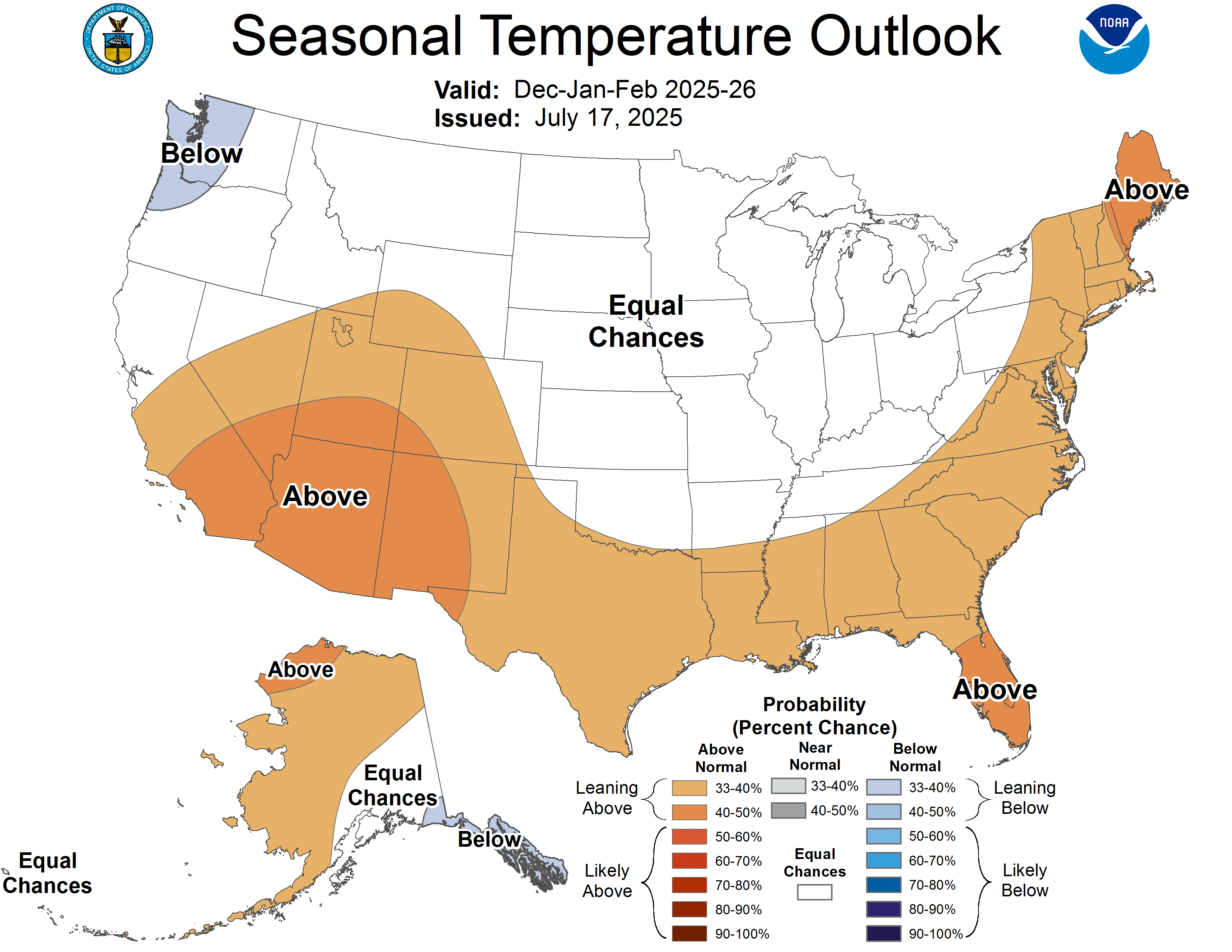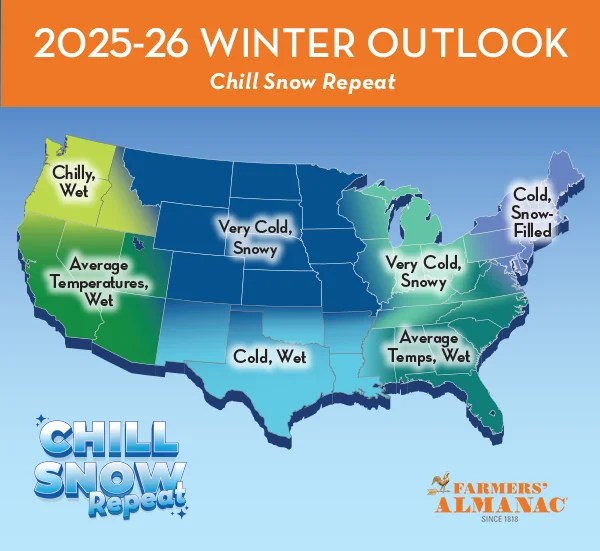
Evan Semón Photography

Audio By Carbonatix
Last year’s snowfall was a mixed bag for skiers and snowboarders who frequented Colorado’s magnificent slopes. The snowpack was below average in 2024, the fourth-lowest since the winter of 1986-1987.
It was also warmer and drier than usual in the San Juan Mountains in southwest Colorado, where the Purgatory and Telluride resorts make their homes. Just six resorts in the state – Winter Park, Copper Mountain, Vail, Breckenridge, Loveland, and Steamboat – topped 300 inches last winter, when ordinarily that number is about ten.
So what’s in store for this coming season? As snowhounds start thinking about sharpening edges, waxing boards and booking trips to the mountains, the National Oceanic and Atmospheric Administration (NOAA) has released early long-range temperature and precipitation outlooks for December, January and February for the country.
These long-range forecasts are rarely as accurate as we’d like to think, but they give you a starting point for vacation planning. Colorado’s still a little murky, with NOAA’s best guess being equal chances for above- and below-average snowfall this winter. However, NOAA does predict temperatures to rise above normal for all of the state’s mountainous areas.
Will you step up to support Westword this year?
At Westword, we’re small and scrappy — and we make the most of every dollar from our supporters. Right now, we’re $23,000 away from reaching our December 31 goal of $50,000. If you’ve ever learned something new, stayed informed, or felt more connected because of Westword, now’s the time to give back.
Warmer Temperatures, or More Snow?

Temperatures are forecast to be higher than average this coming winter
NOAA
If you’re chasing fat snowfall out of state, NOAA’s prediction suggests looking to the northern Rockies, such as Big Sky, Jackson Hole, or Big Mountain in Whitefish, Montana. Or head to the Midwest and Great Lakes region, like Boyne Mountain or Crystal Mountain in Michigan.
That may be unnecessary, though, as The Farmers’ Almanac early forecast has a more optimistic outlook for the state for people craving snowier, chillier weather this winter. Along with nine other states, Farmers’ Almanac simply says “Very Cold, Snowy.”
We’re not sure which outlet is being the vaguest at this point for Colorado ski-planning purposes, but most of us like seeing “snowy” instead of “not snowy.”

Don’t bet on these general forecasts to hold this long out.
Farmers’ Almanac
The Old Farmer’s Almanac (not to be confused with its competitor the Farmers’ Almanac) predicted a hot, dry fall for Denver, and the Farmers’ Almanac said the same thing for this summer – but precipitation is about average so far for 2025. The Old Farmer’s Almanac predicted a cold, snowy winter last year, which was the case for some ski areas, but certainly not all.